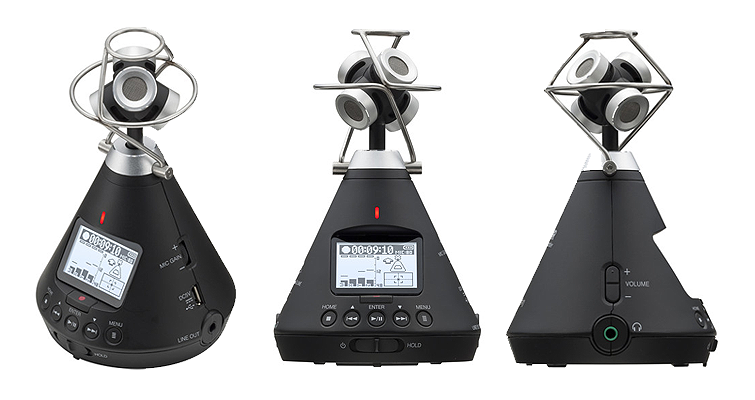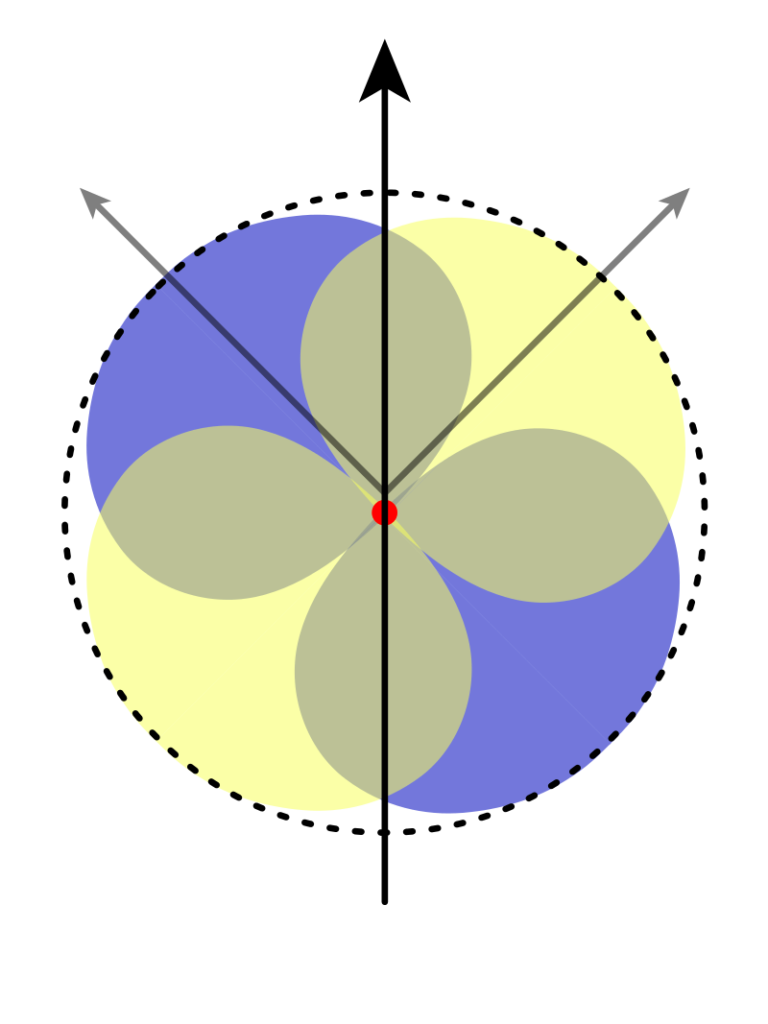A spaced pair stereo microphone is a type of stereo microphone setup in which two microphones are placed at a certain distance from each other, usually at least a few feet. The stereo image and the sound of the whole recording can be affected by how far apart the microphones are and how they are pointed.
Spaced pair stereo microphone setups often record a wide soundstage or give the recording a sense of depth and space. When a sense of freedom and atmosphere is needed, they are often used in recording studios, live music performances, and field recordings.
There are several ways to set up a spaced pair stereo microphone, such as the “A-B” configuration, in which the microphones are placed the same distance apart and pointed directly at the sound source, and the “X-Y” configuration, in which the microphones are placed at a 90-degree angle to each other and pointed at the sound source. Each configuration has its qualities and can be used differently, depending on the desired effect.
Features of a spaced pair stereo microphone
Here are some things that a spaced pair stereo microphone might have:
Adjustable microphone spacing: Some spaced pair stereo microphones let you change the distance between the two microphones. This can change the stereo image and the sound of the recording.
Adjustable microphone angles: Some spaced pair stereo microphones let you change the angle at which the microphones are pointed, which can also change the stereo image and sound of the recording.
Directional microphones: Many spaced pair stereo microphones use directional microphones, like cardioid or super cardioid microphones, which are sensitive to sounds coming from a certain direction and can help cut down on background noise and ambiance in the recording.
Frequency response: The range of frequencies that a microphone can pick up is called its frequency response. A microphone with a wide frequency response can pick up both low and high sound frequencies.
Noise floor: A microphone’s noise floor is the amount of background noise or “self-noise” it makes when it’s not used to pick up a sound. When you record with a microphone that has a low-noise floor, there will be less background noise.
Dynamic range: A microphone’s dynamic range is between the loudest and softest sounds it can pick up without getting distorted. With a wide dynamic range, a microphone can record a wide range of sound levels without distorting.
Compatibility with audio recording devices: It’s important to ensure that the spaced pair stereo microphone you choose works with your audio recording device or mixer. Some microphones may need extra parts, like a preamp or an interface, to work with some devices.




